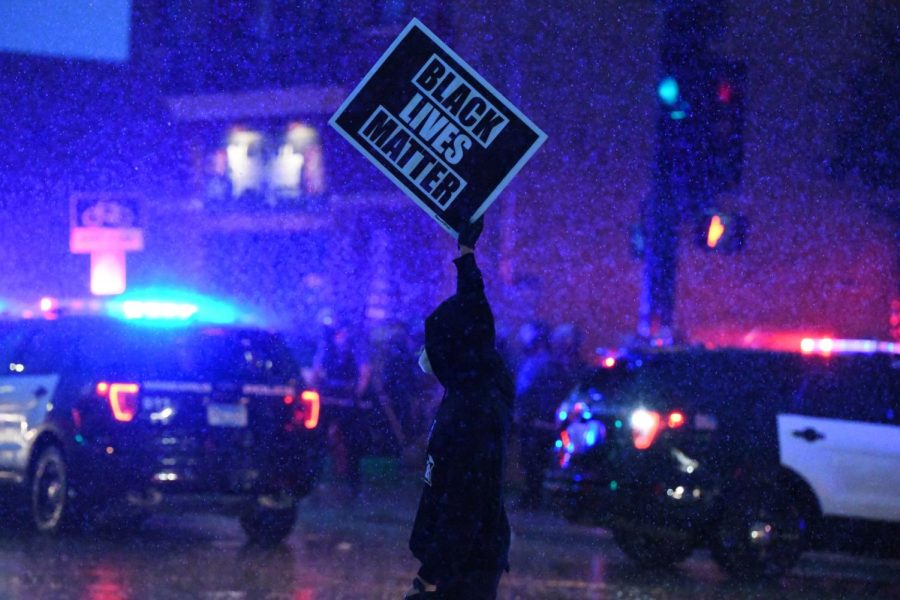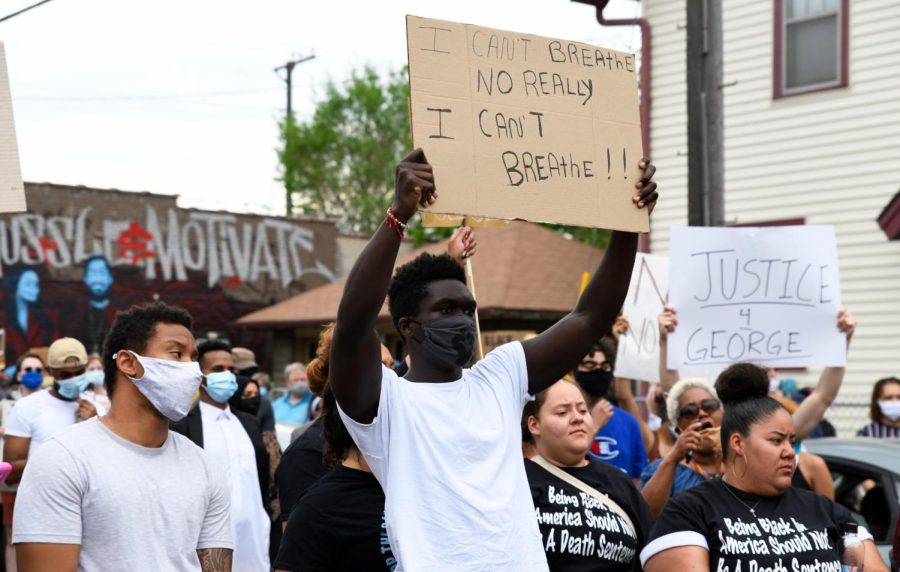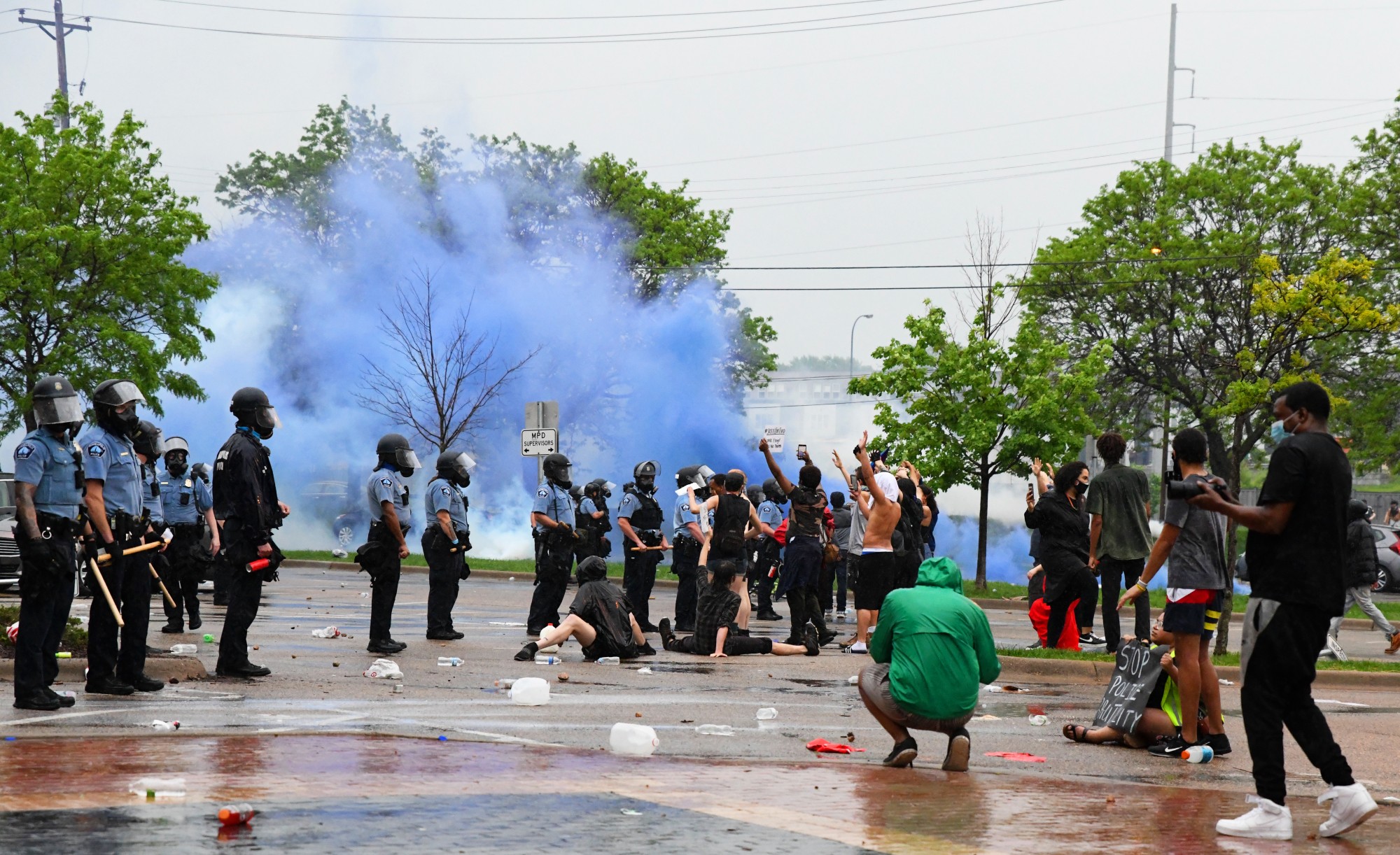On March 7, the After-Action review was published, which analyzed the city of Minneapolis’ response to the protests following the murder of George Floyd in 2020. The report found inconsistencies and a lack of communication between Minneapolis Police Department (MPD) and the city government during the protests following Floyd’s murder.
The report analyzed how city departments like the mayor’s office, MPD and Minneapolis Fire Department (MFD) responded to the protests calling for police accountability following the murder of Floyd. It highlighted city departments’ failure to follow the emergency operations plan and lack of communication. It also provided recommendations for the city to utilize in the future.
The city contracted Hillard Heintze, a security risk management firm, to conduct the report.
Over 2,400 documents, such as training records and video and audio files related to the protests, were reviewed. The firm conducted interviews with about 90 city employees and community members.
In an email to the Minnesota Daily, MPD spokesperson Garrett Parton said the department read the report and is developing a strategy for public safety events. He added that MPD is working with the Minneapolis Office of Emergency Management and MFD to create and update policies.
“The MPD has established a workgroup within the command staff to aggressively develop and implement new policies and protocols to ensure we achieve and maintain the highest level of readiness when responding to both small and large public safety incidents,” Parton wrote.
Findings about the city’s response
According to the report, the city failed to use its emergency operations plan effectively. The report said the emergency operations plan was comprehensive and well-written, but the Mayor’s Office did not implement the plan correctly and the Office of Emergency Management did not effectively engage coordinating with other departments. The Office of Emergency Management is in charge of preparing, preventing and responding to emergencies.

Protests and large events, such as the Superbowl and NCAA Final Four, were held in Minneapolis in years prior to Floyd’s murder, so the city had training with large scale law enforcement, the report said.
The city could have used this to guide the response, the report said. Despite the city’s experience dealing with protests and rallies, the report said they found a “lack of clear leadership and responsibilities.”
The city did not issue reports to employees or Minneapolis citizens about what was going on with the protests. It was not until the state activated the Multi-Agency Command Center, which includes the Minnesota National Guard, Minnesota Department of Public Safety, MPD and UMPD, that daily briefings about the situation were given to the community and city officials.
In an email to the Minnesota Daily, Mayor Jacob Frey said the city is taking the findings into account.
“I’ve already directed staff to implement a plan for improving our emergency response processes across the enterprise,” Frey said. “Trainings are underway, new structures are being put in place and we are in routine contact with multi-jurisdictional partners to enhance communications and operational preparedness.”
Findings about MPD’s response
The report also said MPD did not use the emergency plan effectively, which resulted in communication issues and an unprepared response to the protests. MPD did not develop a formal crisis response plan when protests began and did not engage in formal organizational efforts.
The report stated that MPD leadership said their response developed “organically” and when the department met on May 27, shortly after the protests began, a formal response or plan to handle the protests was not discussed or clarified. For example, MPD did not have a plan for mass arrests or for the timely processing of individuals who were arrested during protests.
MPD officers in the field during the protests had limited amount of communication and guidance from their superiors, according to the report. There was little to no overview of the situation for officers and officer behavior standards were unclear, resulting in an inconsistent police response, the report said.
Recommendations
The report recommended that Minneapolis officials talk to citizens about the response to the protests and the trauma that it caused. Community members were distressed by the city’s lack of planning and MPD’s response to the protests, according to the findings. Some felt worried about the degrading relationship between the community and the police, it said.

It also recommended that MPD should create open communication with the community in advance of its response.
The report highlighted that transparency with city employees, officials, departments and the community would be essential to a guided response in the case of any future protests.
Ward 2 Council member Robin Wonsley Worlobah said she would be taking the recommendations from the report and using them as guidance.
“The After-Action report shows that there were no structural barriers[in the city government],” Wonsley Worlobah said. “The government structure of that time did not prevent the mayor from being able to follow existing emergency protocols and plans.”




























